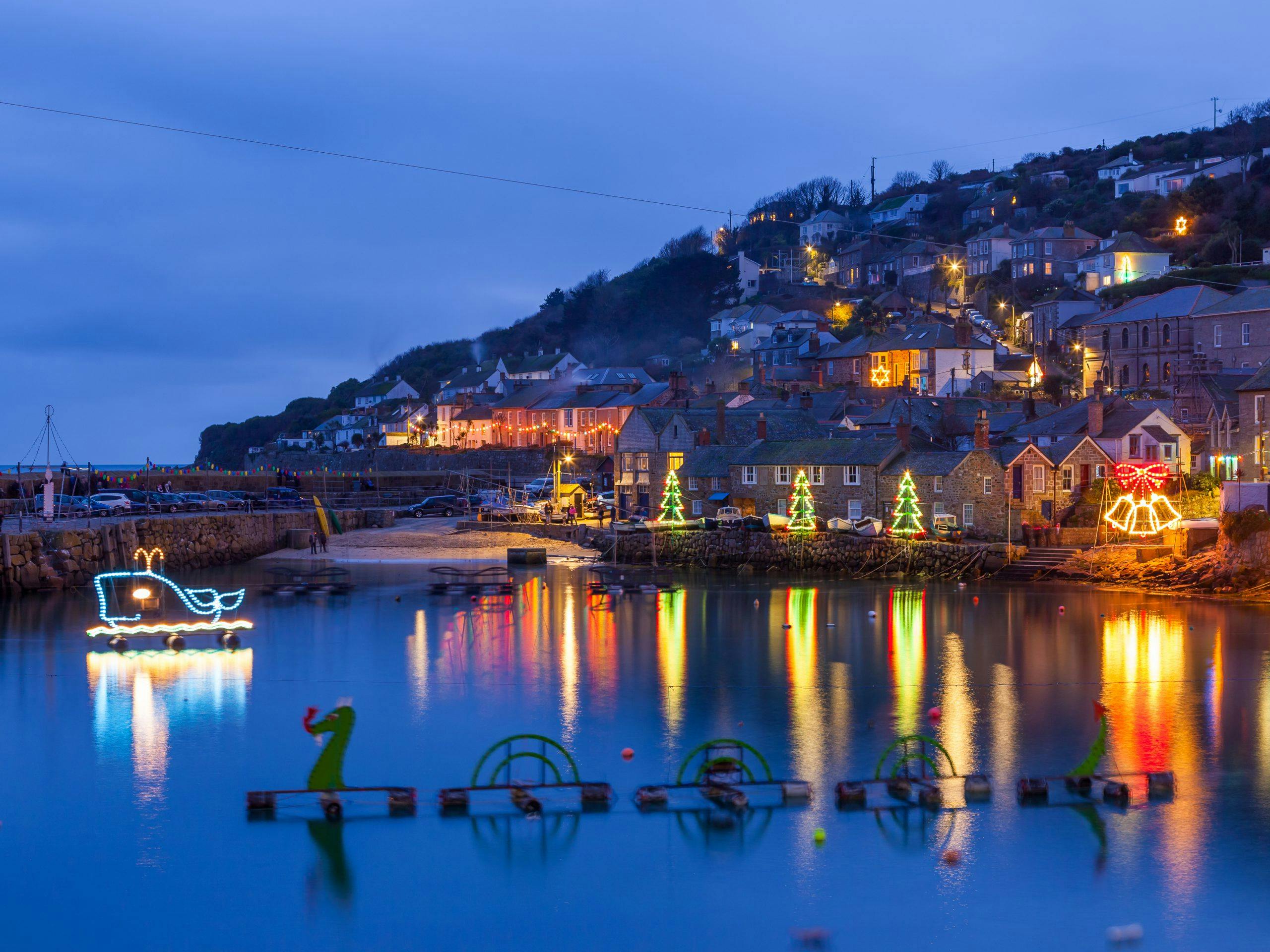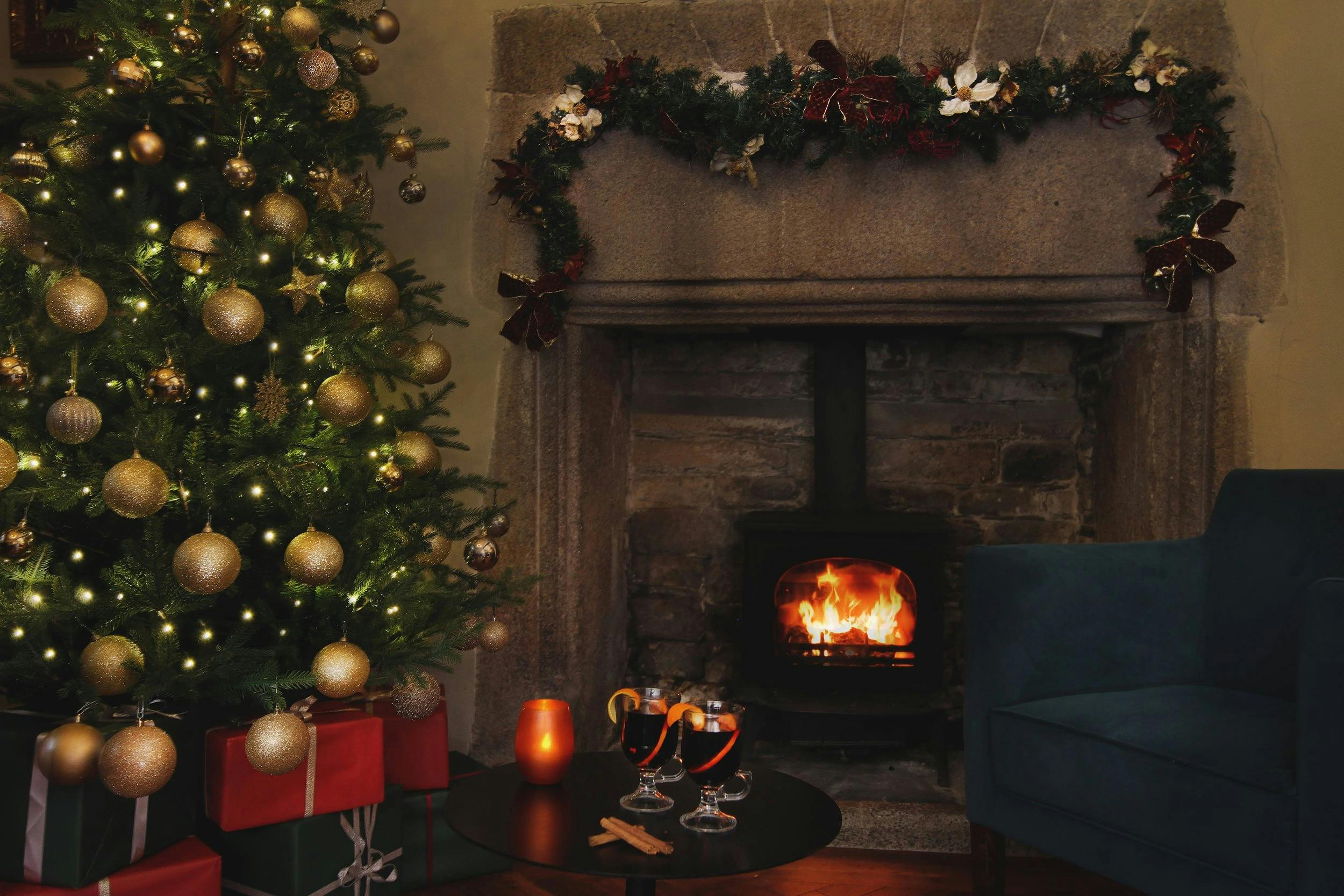Britain’s Follies
3 October 2019
“The great point of this tower is that it will be entirely useless,” declared Lord Berners joyfully in 1935, as he completed what is thought to be the last traditional folly built in England, in Faringdon, Oxfordshire.
Defined by the Oxford Dictionary as a “costly, ornamental building with no practical purpose, especially a tower or mock-gothic ruin built in a large garden or park,” the word ‘folly’ actually derives from the French folie, meaning foolishness.
Though this does follies an injustice; they are certainly quirky, eccentric and wacky emblems of a particular time and fashion. In the 17th and 18th centuries, wealthy aristocrats with a taste for whimsy returned from their Grand Tours of Greece and Italy to build romantic ruins of their own, embellishing their landscapes with pyramids, parthenons and pagodas – sometimes hiring the foremost architects of the day to design them. Nicholas Hawksmoor’s remarkable pyramid, flanked by eight towers, still stands at Castle Howard, Yorkshire, while John and Robert Adam are behind Worcestershire’s ready-made wreck, Dunstall Castle.
Eccentric, exuberant, frivolous and fantastical follies serve up a slice of English eccentricity that never fails to delight. Here are five of our favourites:
Temple of the Four Winds, Castle Howard, North Yorkshire
Designed by Sir John Vanbrugh in 1723, this classically inspired Temple – a distinguished domed cube with porticos, statuary and other embellishments – borrows heavily from Andrea Palladio’s Villa Rotunda, Vicenza. Its marbled interiors were finished some years after Vanbrugh’s death by Francesco Vassalli.
Stay nearby at the Feversham Arms Hotel and Verbena Spa in Helmsley or Middlethorpe Hall & Spa in York.
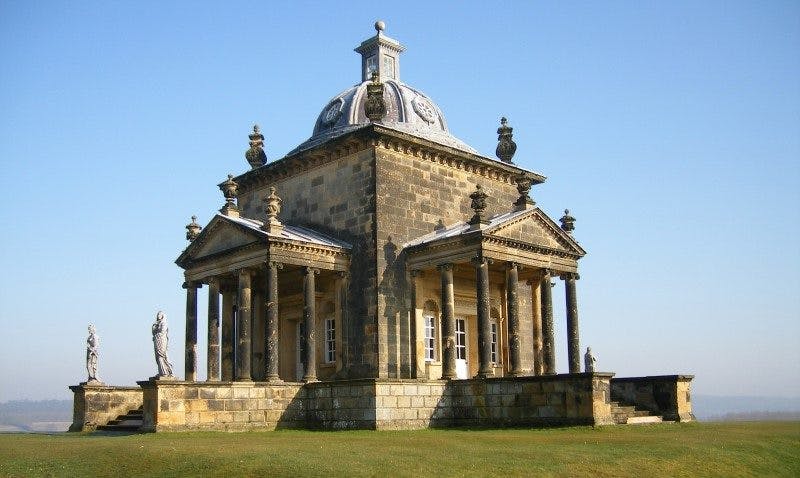
The Pineapple, Dunmore Park, Firk
Oh me, oh my, follies don’t come much more fanciful than the 14-metre pineapple that John Murray, 4th Earl of Dunmore, stuck on top of his garden retreat and hothouse in 1761. It’s an absolute marvel – quirky, camp and utterly enchanting. The maker of the pineapple is unknown, but it is often attributed to Sir William Chambers, whose structures for Kew Gardens are somewhat similar.
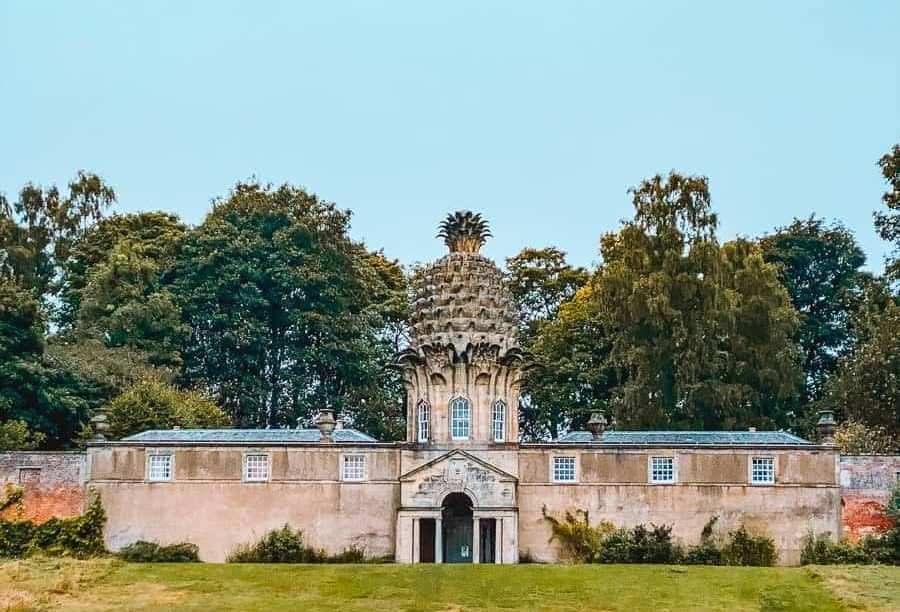
Rushton Triangular Lodge, Rushton, Northamptonshire
Built between 1593 and 1596, Rushton Triangular Lodge is thought to be Britain’s earliest folly. Unlike most other examples, which were little more than trophy embellishments and ostentatious shows of wealth, Sir Thomas Tresham’s three-sided, three-floor building, with trefoil windows and three triangular gables, represented the Holy Trinity in every detail, and was a rebellious indication that he would never renounce his Catholic faith, no matter how many times he was imprisoned.
Stay nearby at Kilworth House Hotel and Theatre near Lutterworth.
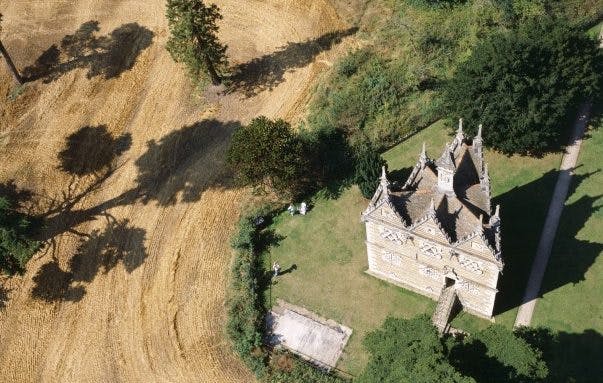
Druid’s Temple, Masham, Yorkshire
William Danby’s mini Stonehenge, in a forest near his home, Swinton Hall, was well-intentioned. Troubled by rising unemployment, he decided to build this earie formation in 1820, paying his workers one shilling per day. Apparently, he also offered a substantial sum to anyone willing to live in the Temple for seven years. Not surprisingly, he never had to pay up as his chosen hermit could only bear it for four years.
In 2000, Baroness Masham of Ilton mentioned Druid’s Temple in a speech to the House of Lords, asking for public access to be restricted on the grounds that “it is thought there has been devil worship there”.
Stay nearby at Grantley Hall near Ripon.
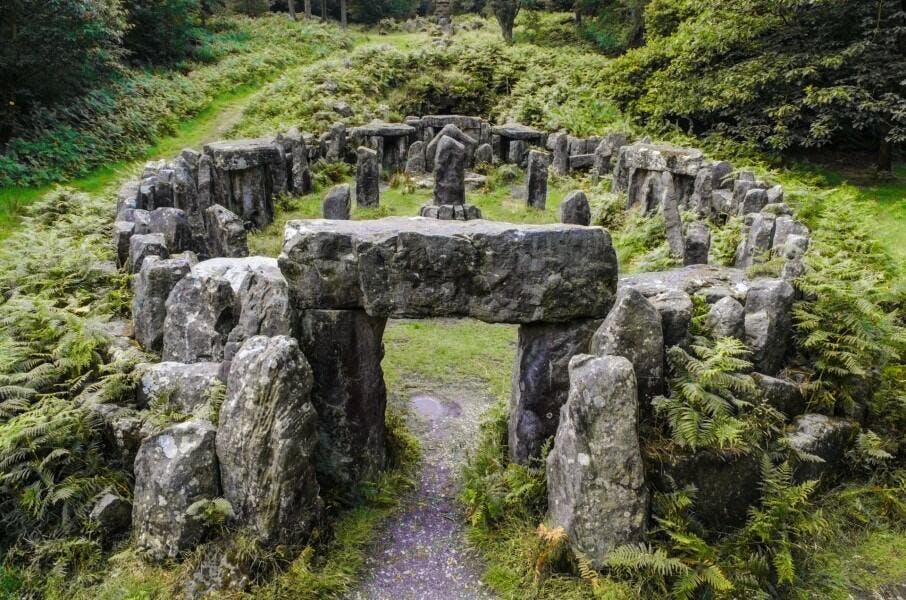
Jack the Treacle Eater, Barwick Park, Yeovil, Somerset
One of four outlandish follies on the Barwick Park Estate, Jack the Treacle Eater was dedicated to a local runner who raced from Somerset to London to deliver mail for the Messiter family, who owned Barwick House. Jack became known as the treacle eater because that’s what kept him going en route. His figure now stands on a craggy rock arch, which tops a small tower.
It is not known when the tower was built, but it is thought that all four of follies were constructed either in the late 1700s by John Newman who owned the estate, or in 1830 by his nephew and beneficiary George Messiter. South Somerset District Council bought the structures for a nominal £5 in the early 1990s.
Article written by Xenia Taliotis
Related Content
More Stories
PoB Spotlight
Horns, Horses and Harbour Dips: Britain’s Quirkiest Festive Celebrations
5 December 2025
Discover Britain’s quirkiest festive celebrations in a joyful journey through centuries-old traditions, wild winter fun and the magic that keeps the season alive long after Christmas Day.
PoB Spotlight
A Season of Style: How Hotels Turn Festivity into an Art Form
28 November 2025
Explore festive hotel inspiration from Britain’s most beautiful stays – timeless ideas for creating warmth, style and sparkle at home.
British Travel
Oh Yes It Is: The Pantos Bringing Magic to Christmas 2025
21 November 2025
From West End spectaculars to local favourites packed with laughter, music and holiday cheer, join us as we celebrate the magic of the Christmas pantomime
